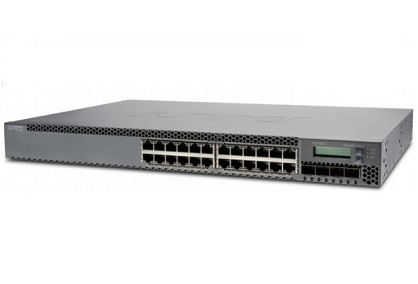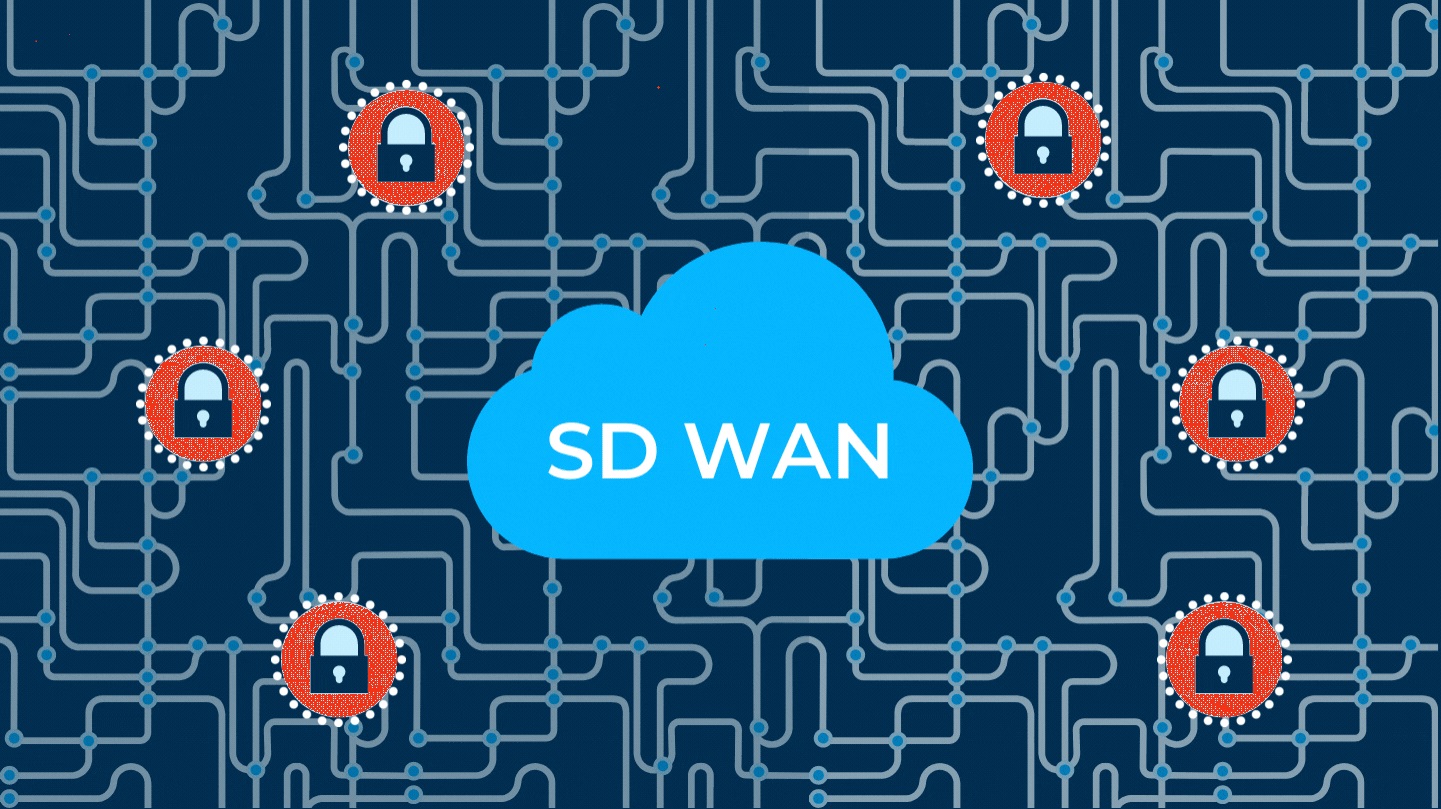
Juniper EX2300 Architecture & Features: A Glimpse
Overview: The Juniper Networks EX2300 Ethernet Switch offers an economical, entry-level, standalone solution for access-layer deployments in branch and remote offices, as well as enterprise campus networks. Both 1 Gbps and 2.5 Gbps access port options are available to provide higher-speed options, especially when connecting to 802.11ac Wave 2 access points. For small networks, up to four EX2300 switches can be interconnected in a Virtual Chassis configuration, allowing them to be managed as a single switch. Architecture & Key Components: The EX2300 occupies a single rack unit, delivering a compact solution for crowded wiring closets and access locations where space and power are at a premium. The EX2300 switch’s 10-inch/12-inch depth and low acoustics also make it ideal for open office deployments. For silent operation requirements, please see the EX2300-C, a…

